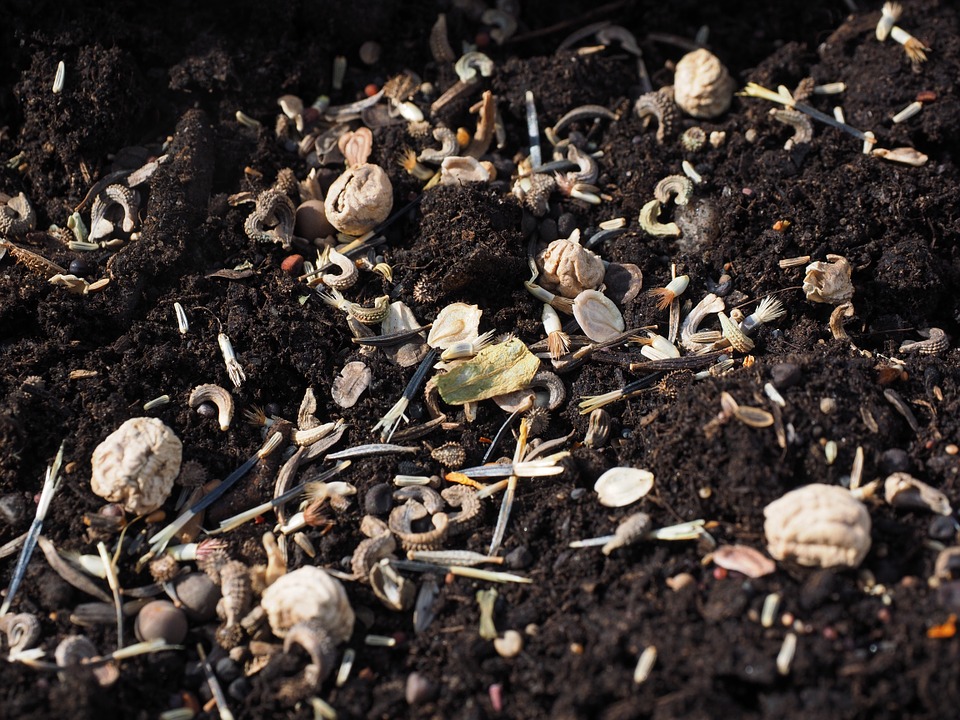Direct Sowing Native Seeds at Home
Direct sowing native seeds at home, is an easy solution to incorporating local or regionally native flowers to your existing garden or even starting a wild garden from scratch.
Many perennials and annuals can benefit from being sown directly on a prepared seed-bed. Requiring little preparation and limited aftercare, seeds sown this way often grow faster and stronger to flower without root disturbance.
Sounds too good to be true, however with a little practice you can be growing all type of plants from seed direct in the soil. If direct sowing native seeds is not an option then you can opt to grow in a cool grow house, or sunny window or try the winter sowing jug method for yourself.
Choosing Native Seeds to Sow
Native plants are regionally adapted to your local area and therefore able to flourish and thrive in your garden with little or no aftercare. These include trees, shrubs, perennials, annuals, bulbs and ferns. Read on to discover how you can increase the % of native plants in your garden by growing from seed.



Direct Sowing Annuals: Direct Sowing Native Seeds at Home
Many native and non-native annual flowers, like Poppies, Coreopsis, Rudbeckia, and Eryngium require cold stratification so it makes sense to sow them in Fall to benefit from a natural winter stratification. If you live in a very cold area or a harsh winter the seeds can be covered with a cloche or frost fabric to protect them at a delicate emergence stage.
Plants grown through Winter tend to be tougher and quicker to flower. Some annual seeds cannot withstand freezing temperatures but require a cool season to grow these include Cleome, Zinnia and Cornflowers, germinate best in cool soil and should be direct-sown early in the growing season. Nasturtium, Glory-vine, California Poppy, Poppies and Moon vine have long delicate tap-roots that do not like to be disturbed. Other warm-season annuals, including Cosmos, Tithonia, Helianthus, Coreopsis, and Zinnia, grow quickly from direct-sown seed.
Direct Sowing Perennials: Direct Sowing Native Seeds at Home
Native perennial seeds are generally winter hardy and benefit from this natural winter stratification, you may have noticed that some of your garden plants will naturally allow self-sown seedlings to germinate around the parent plant and even migrating up-to a few feet away. Purple coneflowers, Sea Holly, False Indigo, Bee-balm, Yellow coneflowers, Blazing star, Hibiscus, Lupine, Milkweeds, Goldenrod and many more native perennilas can be sown direct to imitate their natural process of raising more offspring.
Step-By-Step Guide to Direct Sowing: Direct Sowing Native Seeds at Home
Soil preparation is key, if you are sowing a small group of flowers amongst existing plants then you may want to use a hand rake or pronged fork to remove any surface weeds and break-up the first few inches deep of friable soil.
Large soil clumps need to be broken into fine pieces, and any debris removed, rocks, large roots or twigs should be set aside. When growing natives there is no need to add soil amendments, natives thrive in poor soil, clay or wet soils may benefit from adding some fine sand or grit to improve drainage and prevent seeds from dampening off.



Planting Depth and Location:
Fine seeds can be mixed with fine sand often these seeds require light to germinate and should be firmed in on top of soil.
Medium sized seeds will benefit from a 1/8” thin layer of fine sieved compost or fine sand and firming down well.
Large seeds will require dropping into a small hole to approx. 1/4” depth and backfilling with sieved soil then firming.
When sowing seeds direct it is important to remember that these plants mature where they are sown, so take some time to consider location and aspect. Read more… Right Plant, Right Place for Seeds Sown Direct.
Watering:
If you have the opportunity to prepare the seed sowing location 24hrs in advance then I would recommend watering the area well after site preparation is complete.
Prior to sowing rake a tilth and mark the area well with a label and any protection for colder regions. Water only to prevent the soil from drying out which can cause seeds to fail mid-germination twice a week should be adequate in Fall, less in Winter depending upon rainfall, frost or a snow event. Often the seeds will remain dormant until the perfect conditions prevail.
Learn to identify Weed Seeds:
Weed seeds are likely to appear before any signs of your native flowers, it is important you learn to become familiar with weed seeds and emerging seedlings from your chosen perennials so accidental weeding can be minimized.
Seed Spacings:
Developing seeds may require more space and you may want to limit competition this is when thinning the seedlings may be of benefit. Ideally seed will have been finally spaced but as this can be challenging keep an eye on developing seedlings and give more space as required. Transplant or pot on any seedlings you remove with a good root systems and make sure you firm the soil around from where the seedlings were removed and water well.
Pest control:
Delicate seedlings are vulnerable to damage, often suspected poor germination is actually down to pest damage as tasty young seedlings make a good buffet for slugs, grubs and silver bugs. Crushed eggshells or fine sand can be a deterrent and help protect delicate seedlings at this stage. Learning to identify pests from benefical Pollinators is critical to keep a natural balance Read more about Benefical insects for pest control.







Pingback: Growing Native Plants at Home